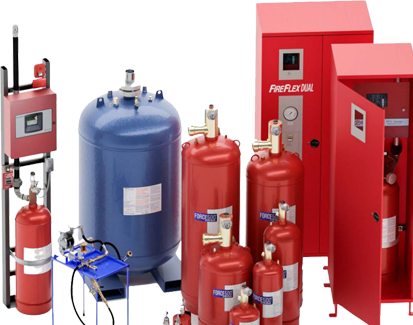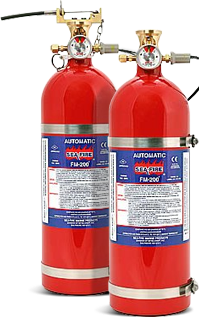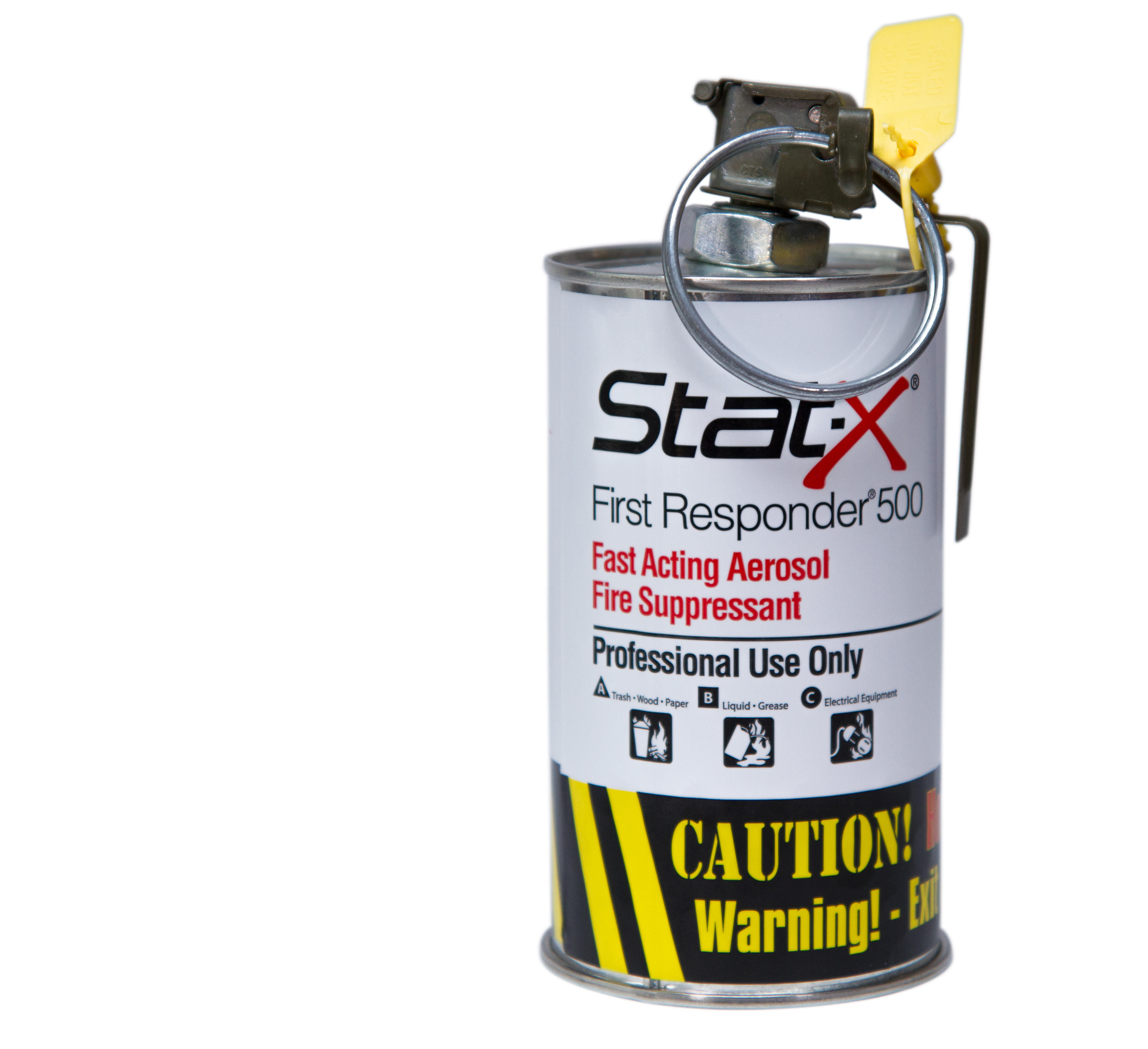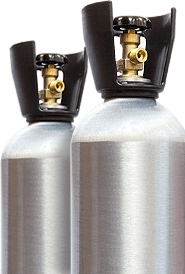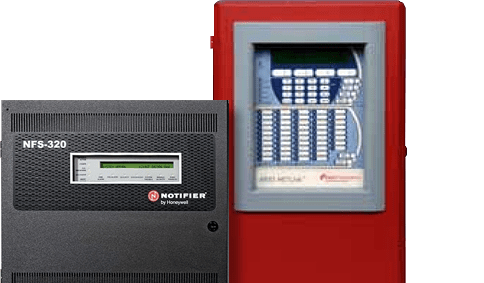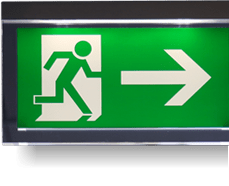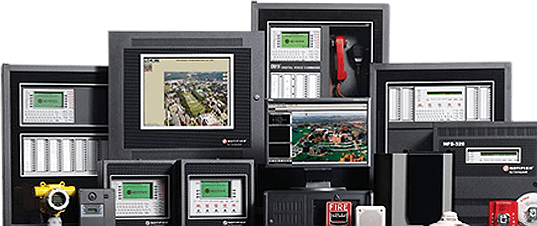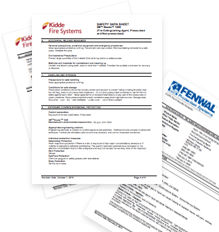Comparing FK-5-1-12 and CO₂ Fire Suppression: Safety, Cost, and Environmental Impact
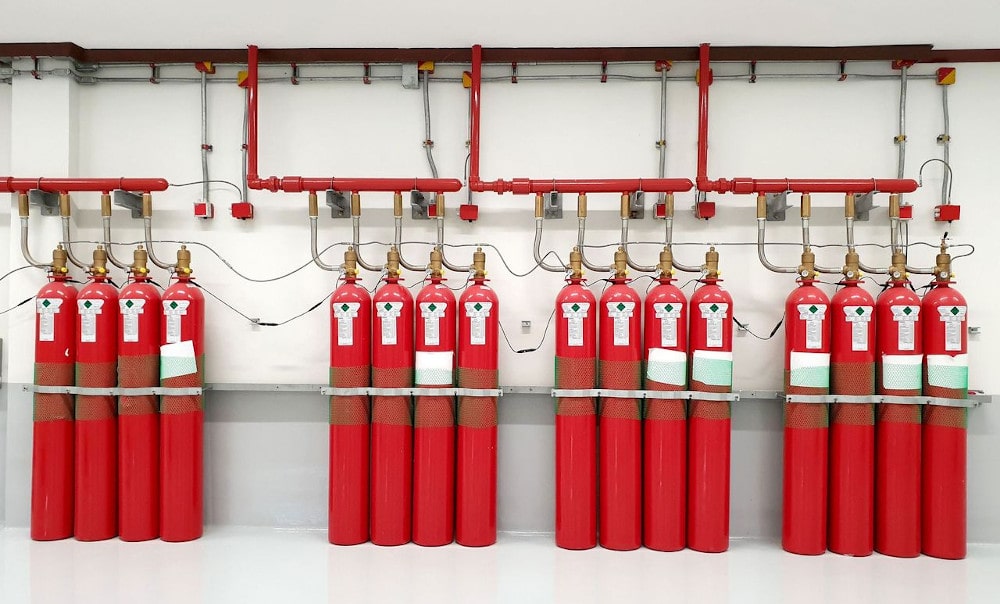
Water may be the most common fire suppression agent used by municipal fire agencies, but that doesn't mean it is the best tool to fight fire for your business. As firefighters will often tell you, flooding a building can sometimes do more damage to it, and its contents, than the fire itself. If you have sensitive machinery or important assets at your site, you need to consider other options for your fire suppression system.
Introduction to FK-5-1-12 and CO₂ Fire Suppression
How Each System Works
FK-5-1-12 (Novec 1230) is a clean agent suppression system that is residue free. Ideal for rooms with a large amount of electric machinery, it is autonomously discharged as a gas. Commonly used in industrial settings, CO2 is a powerful gas that suffocates fire by displacing oxygen. This can also create an IDLH environment incongruous with human activity. Both types of system excel at suppressing fire in unmanned structures. Unlike water or harsh chemicals, neither CO2 nor FK-5-1-12 will tend to damage sensitive equipment or products.
Explore further
Safety Considerations
Human Safety: Toxicity and Life Safety Risks
Preferred for environments with human staffing, FK-5-1-12 has a wide margin for safety. Properly prepared concentrations offer little-to-no toxicity when exposed to people. On the other hand, CO2 is invisible, odorless, and highly dangerous in confined spaces. Red blood cells will bind with CO2 200-300 times more than with oxygen, causing rapid asphyxiation. NFPA 12 and NFPA 2001 are valuable resources when determining risk-levels for both carbon dioxide and clean agent extinguishing systems
Equipment and Asset Protection
For server rooms and other highly-valuable electronics, clean agents like FK-5-1-12 are the top-of-the-line. With no residue, and being non-conductive, it offers the best protection in these environments. Carbon dioxide carries with it greater risks to small electronic pieces, along with possible frost from rapid cooling, and is better served as a suppression tool elsewhere.
Here's a quick side-by-side comparison of both agents to help you evaluate:
FK-5-1-12 vs CO₂ Fire Suppression Systems
| Criteria | FK-5-1-12 (Clean Agent / Novec 1230) | CO₂ (Carbon Dioxide Suppression) |
|---|---|---|
| Human Safety | Safe for occupied spaces; low toxicity at proper concentrations | Dangerous in occupied areas; risk of asphyxiation |
| System Cost | Higher agent cost; lower infrastructure and refill time | Lower agent cost; higher venting and safety system costs |
| Equipment Protection | Ideal for electronics; non-conductive and residue-free | Can cause thermal shock or frost; less suitable for delicate components |
| Environmental Impact | Zero Ozone Depletion Potential (ODP); low Global Warming Potential (GWP) | No ODP; neutral GWP, but industrial CO₂ processing has environmental cost |
| Best Applications | Server rooms, data centres, museums, libraries | Unmanned industrial spaces, power plants, hazardous material storage |
A risk-benefit of your chosen fire suppression agent needs to include both an understanding of its interactions with the products housed in your facility, and the potential danger they may pose to employees and rescue personnel.
Cost Analysis
System Installation and Maintenance Costs
FK-5-1-12 is more expensive as a product, but requires less in the way of infrastructure, such as piping and tanks. It is also relatively quick to refill. CO₂ is a cheaper substance, but the venting, piping, and safety requirements may create more long-term costs. Each system requires regular inspections and rigorous testing to maintain efficiency and safety. Consult your local fire professionals to determine the necessary steps for each.
Total Cost of Ownership Over System Lifetime
Your cost-benefit analysis requires more than just looking at purchasing the agent itself. Testing and insurance implications also need lines on your spreadsheet in addition to your restocking fees. Lastly, a deep analysis of operational downtime in the event of chemical expulsion is required. The last thing you want is to create a longer lapse in continuity of operations than the fire itself would have caused you.
People also search
As a business owner, you understand the impacts of cash flow and cost horizons. Factoring in both up-front costs as well as lifetime usage will better inform your spending decisions.
Environmental Impact
Global Warming Potential (GWP) and Ozone Depletion
Meeting environmental regulatory standards, as well as the ethics of global warming, may play into your decision. FK-5-1-12 has zero Ozone Depletion Potential (ODP), and ranks very well in environmental studies. CO₂ is a naturally occurring gas and, in itself, does not set off any red flags with ODP or GWP, but it is processed in industrial facilities which might have negative impacts on the environment.
Regulatory Trends and Sustainability
Several regulatory groups exist and make rapid changes to regulations, necessitating a deeper understanding of environmental codes and policies. Being on speaking terms with the Montreal Protocol and Kigali Amendment, as well as diving deep into the EPA, can help influence your long term fire agent choices. You may also be able to save money by investing in “green" technology. Review resources such as LEED credits and other incentives for maintaining sustainable business practices.
Environmental impacts and sustainability have a layered role in your decision-making, from moral, to economic, to legal. Understand the impact of the choices available to you.
Choosing the Right System for Your Facility
Key Decision Factors
Many factors will ultimately go into your decision making when it comes to selecting the correct suppression agent for your facility. Occupancy, type of asset, environmental understanding, and total budget will all contribute to your selection of the best system for your business. Sometimes you need a screwdriver, sometimes you need a hammer. Specific types of buildings need specific plans in place. You can't protect a server room the same way you can a museum or large-scale industrial space.
Case Study or Real-World Example
Fires in server rooms that contain highly-sensitive information, critical to your day-to-day operations, necessitate the use of a clean agent like FK-5-1-12 to protect your asset from both the fire and the suppression system itself. Life-safety is the most important factor in fire suppression, but relying on a local fire department connecting to a hydrant and dousing millions of dollars worth of equipment with water can be just as disastrous to a business as a large scale fire.
The right fire suppression agent can make or break your business if a fire breaks out. It is not a choice to make wantonly.
Final Recommendations & Compliance Tips
Professionals versed in detection systems and definitive suppression methods are always here to help you make the best decision for the safety of your business and its employees. Both the NFPA and your local jurisdiction will have updated codes to follow to ensure best practices are met. Consult an expert in the field to make sure nothing gets missed. Your fire safety plan isn't just about the here-and-now; consider the environmental implications of the products and techniques you use, and make sure to keep up with all relevant regulations in that sector. After you have your system set up and running, make sure to schedule regular reviews and inspections to make sure everything is running as it should.
Fire suppression in the modern business world is more complicated than pulling a fire alarm and waiting for a fire department to come spray water on your building. Get ahead of problems now by designing and implementing the correct fire strategy for your valuable assets, employees, and business policy.






